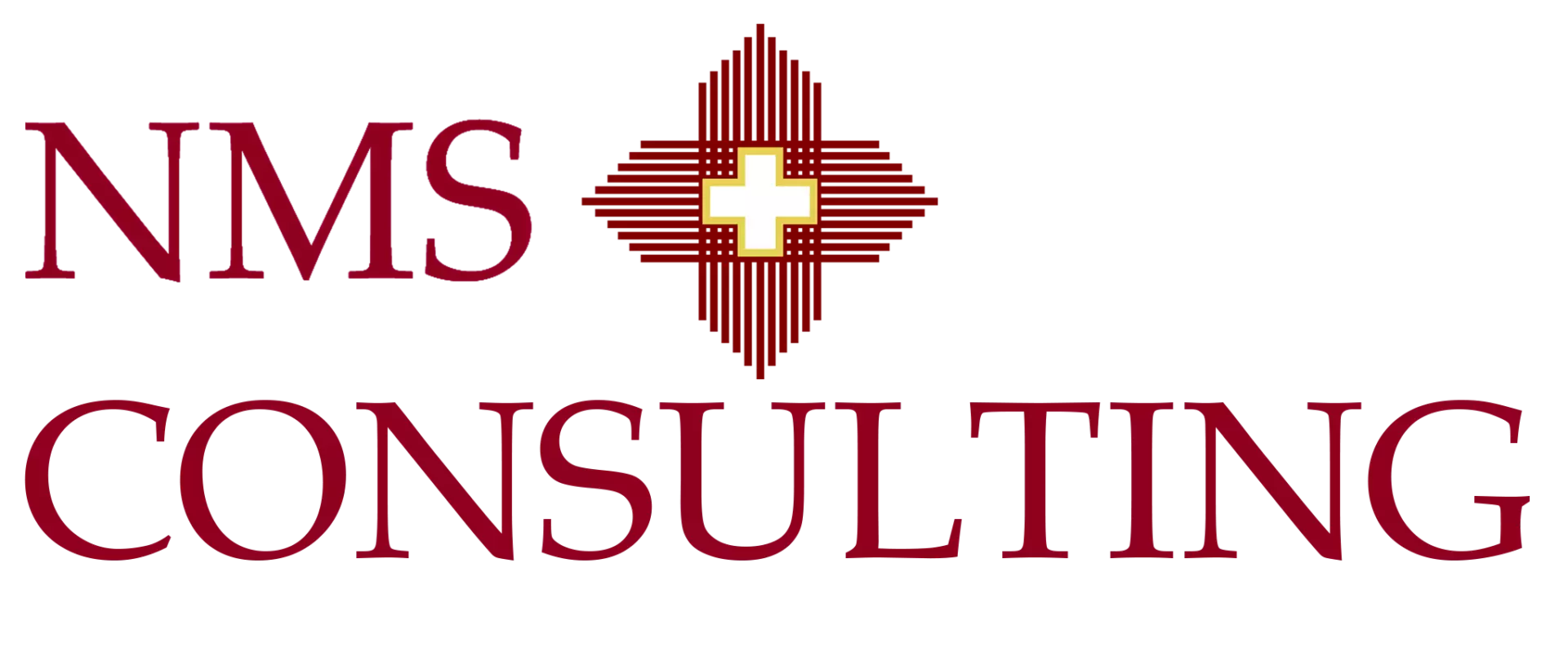Change Management Services as a Managed Program

Published: • Updated:
On This Page
A managed change program gives leaders a standing team, one intake, and a small set of adoption KPIs. It blends methods such as ADKAR and Kotter with PMI benefits tracking so projects show measurable results while people receive the support they need.
Want a standing Change Office with intake, playbooks, and weekly dashboards? Talk to a consultant
Why A Managed Program Works
Managed Change Playbook: 30-60-90
First 30 Days: Stand Up The Program
- Confirm sponsor, name a Change Lead, and assign workstream owners for adoption, training, communications, and benefits tracking.
- Publish the intake form, a simple RACI, and a one page playbook that maps ADKAR steps to artifacts and checkpoints.
- Set the core KPI set: adoption rate, time to first value, training coverage, sentiment, and benefit vs plan.
Days 31 to 60: Run Pilots And Prove Value
- Run two to three pilots with weekly standups. Track risks and decisions. Share a short readout each week.
- Cut noise: one calendar for all change events, one message map per audience, and a shared FAQ.
- Begin benefits realization tracking with finance support and a baseline for each pilot.
Days 61 to 90: Scale And Govern
- Expand to a rolling backlog. Keep a single view of active changes with heat maps by team and location.
- Publish a monthly benefits report. Close items that miss targets and re-allocate help to those that deliver.
- Review playbooks and update training and templates based on lessons learned.
Core Components
- Intake And Backlog: one form and one queue for change requests with sizing and impact tags.
- Methods: ADKAR for individual adoption, Kotter steps for leadership actions, PMI for benefits tracking.
- Enablement: role based training, comms plans, manager toolkits, and a shared FAQ.
- KPIs And Reporting: adoption rate, time to first value, sentiment, benefits realized vs plan, and change load by team.
Pillars, Moves, Metrics, and References
| Pillar | Typical Moves | Metric | Reference |
|---|---|---|---|
| Adoption | ADKAR checks, manager scripts, coaching, reinforcement | Adoption rate | Prosci ADKAR |
| Leadership Actions | Build a guiding coalition, remove blockers, quick wins | Milestones met | Kotter 8-Step |
| Benefits Tracking | Define benefits, owners, cadence, evidence, and handoffs | Benefit vs plan | PMI BRM |
| Capacity And Fatigue | Heat maps, sequencing, quiet periods, and pacing rules | Sentiment, collisions avoided | Gartner |
| Results Discipline | Weekly standups, RAID logs, decisions, and visible wins | Percent on track | McKinsey |
Frequently Asked Questions
Who Runs The Managed Program?
A Change Lead runs the routine, a sponsor clears roadblocks, and stream owners cover adoption, training, comms, and benefits tracking.
How Do We Choose Pilots?
Pick work with clear value, ready data or content, and leaders who will model the change. Start small and ship in weeks.
What KPIs Matter Most?
Adoption rate, time to first value, sentiment, benefits realized vs plan, and change collisions avoided.
Related Reading
- Business Transformation Consultant and Transformation Office
- Post-Merger Integration Strategy and Execution
- What Is Post Merger Integration
- Keys To Successful Business Transformation
- Business Transformation Services
- Business Transformation Consultant Guide 2025
- AI Strategy Consulting for Measurable Business Outcomes
- AI Strategy Consulting Guide 2025
Sources
- Prosci. ADKAR Model overview. https://www.prosci.com/methodology/adkar
- Kotter. The 8-Step Process for Leading Change. https://www.kotterinc.com/methodology/8-steps/
- PMI. Benefits Realization Management Practice Guide. https://www.pmi.org/standards/benefits-realization
- McKinsey. Transformation success rate and lessons. https://www.mckinsey.com/capabilities/people-and-organizational-performance/our-insights/successful-transformations
- Gartner. Building change management resilience. https://www.gartner.com/en/articles/building-change-management-resilience-for-you-and-your-team
About the Author
Aykut Cakir, Senior Partner and Chief Executive Officer, has a demonstrated history in negotiations, business planning, business development. He has served as a Finance Director for gases & energy, pharmaceuticals, retail, FMCG, and automotive industries. He has collaborated closely with client leadership to co-create a customized operating model tailored to the unique needs of each project segment in the region. Aykut conducted workshops focused on developing effective communication strategies to ensure team alignment with new operating models and organizational changes.




